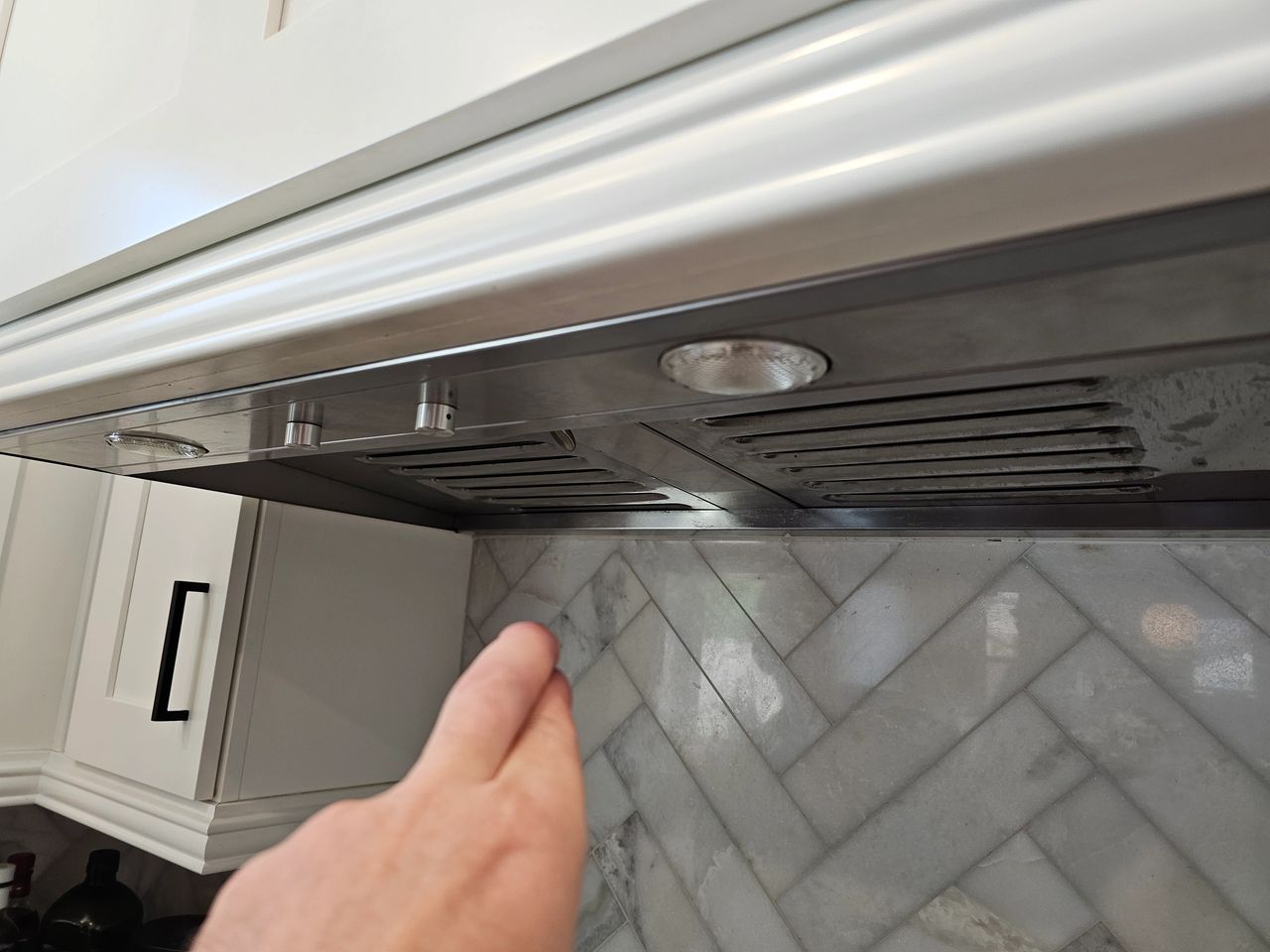When it comes to keeping your home healthy, dry, and smelling fresh, exhaust fans play a bigger role than most folks realize. You’ve probably got them in your bathrooms, kitchen, and laundry room—and if they’re working properly, you might not even think twice about them. But if those fans aren’t vented outside the home the way they should be, you could be looking at a heap of moisture problems down the road.
Exhaust fans are designed to pull stale, humid, or contaminated air out of your home. Each fan has a specific job:
Bathroom exhaust fans remove humidity from hot showers, along with odors and airborne particles.
Kitchen range hoods pull out smoke, steam, grease, and cooking odors.
Laundry room fans (or dedicated exhaust systems) help remove warm, humid air from dryers and washers.
When these systems are doing their job and venting to the outside, your home stays drier, cleaner, and more comfortable. But when they dump all that air into your attic or crawlspace? That’s where the problems start.

Why You Should Never Vent Into the Attic or Crawlspace
Here’s the thing: Attics and crawlspaces are not designed to handle warm, moist air. They’re already tricky areas to keep dry and ventilated as it is. When you start pumping steamy bathroom or laundry air into those spaces, you’re basically inviting moisture problems with open arms.
Here’s what can happen:
1. Moisture Buildup
Warm, moist air condenses when it hits cooler surfaces—like roof decking or floor joists. That leads to water droplets forming and soaking into wood, insulation, or anything else up there. Over time, this can cause rot and weaken the structure.
2. Mold Growth
Mold loves dark, damp, still spaces. Attics and crawlspaces are already prone to this if they’re not well-ventilated. Add in extra moisture from an exhaust fan, and you’ve just made the perfect mold incubator. Mold isn’t just bad for your home—it’s a real concern for your health too, especially for folks with allergies or asthma.
3. Attracting Termites and Other Pests
Here’s something most people don’t think about: termites are drawn to moisture. Dumping warm, wet air into your crawlspace makes it much more inviting for wood-destroying insects like termites and carpenter ants. Once they’re in, they can start chewing away at your floor structure without you even knowing it.
Most modern building codes say that all exhaust fans must terminate outdoors, not just into the attic or crawlspace. That’s because the professionals who write these codes have seen the damage that can happen when moist air gets trapped in those spaces. It’s not just a matter of preference—it’s about protecting the structure of your home and your indoor air quality.

If you’re not sure where your fans are venting, here are a few tips:
In the attic, look for ductwork connected to bathroom or laundry vents. Make sure that duct continues to a roof vent or sidewall vent, not just dumping into the attic space.
In the crawlspace, check for flexible ducts or rigid pipes—if they stop short and don’t exit the foundation wall, they’re likely venting inside.
Outside, walk around your home and look for vent caps on the walls or roof—especially near bathrooms and the kitchen.
And if you’re not sure what you’re looking at, that’s where a home inspection can help. I check this sort of thing on every inspection I do.
If your exhaust fans are venting into the wrong place, it’s worth correcting. A qualified contractor or handyman can often re-route the ductwork through the roof or an exterior wall. Use smooth, insulated ducting where possible to prevent condensation, and always make sure there’s a proper vent cap on the outside with a backdraft damper to keep critters and cold air out.
Exhaust fans aren’t just for convenience—they’re a first line of defense against moisture damage, mold, and pests. But they only work if they’re vented properly. So if you’ve got a fan venting into your attic or crawlspace, don’t ignore it. Fixing it now can save you a lot of headaches (and dollars) down the road.
And if you’re buying a home, make sure your inspector checks those vents. It’s a small detail that can make a big difference in the long run.
If you’ve got questions about exhaust fans or anything else around the house, don’t hesitate to reach out. I’m always happy to help folks keep their homes safe, sound, and dry.
About the Author
Hi, I’m Home Inspector Dan — owner of Property Inspections Plus and a Certified Master Inspector based in Gilbert, Arizona. With years of experience inspecting homes across the Valley, I specialize in helping buyers, sellers, and investors make informed decisions with confidence. Whether you’re purchasing your first home or evaluating an investment property, I provide thorough, honest, and easy-to-understand inspections — including sewer camera scans, mold inspections, infrared imaging, and termite inspections.
📍 Serving Gilbert, Chandler, Mesa, Tempe, and the greater Phoenix area
📞 Call or Text: (623) 399-0079
📧 Email: homeinspectordanaz@gmail.com
🌐 Website: www.propertyinspectionsplus.com

 Hi, I’m Home Inspector Dan — owner of Property Inspections Plus and a
Hi, I’m Home Inspector Dan — owner of Property Inspections Plus and a 



